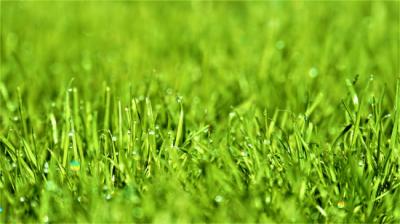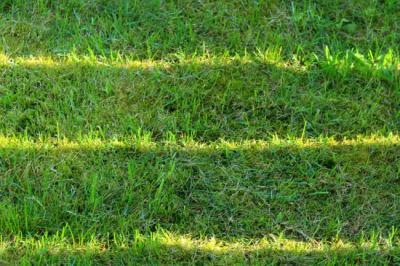Zeon Zoysia is a remarkable fine-bladed zoysia that is barefoot friendly, delicate to the touch, and refined. It is perfect for residential lawns, commercial settings, and golf courses. Zeon Zoysia’s broad root system creates a thick, compact turf in a variety of soil types. Zeon can only be purchased as verified Zoysia.
Considering where you live and the climate in which you plan to grow grass is important in choosing the right sod. Selecting the correct sod for your yard requires knowledge of many types. Common uses for Zeon Zoysia grass include residential lawns, business landscaping, athletic fields, and golf courses (for roughs, tees, and fairways). Due to its durability and plush feel underfoot, zoysia makes an excellent choice for households with small children or pets.
You're lucky because we shall only discuss Zoysia-related matters in this article.
Zeon Zoysia Characteristics
- It has a dense growth for a plush, carpet-like feel.
- It has medium-sized, sturdy blades.
- It grows dense, deterring weeds.
- For horizontal growth, use rhizomes and stolons.
- It can grow in various soil types, including sandy, clay, and loamy.
- It is resistant to drought.
- And is simple to maintain
Facts about Zeon Zoysia
- Warm-season grass called zoysia can be found throughout the southern two-thirds of the United States. It can manage in lower temperatures while still functioning in the heat. Zoysia is more widespread in the south, although it can still thrive there.
- Compared to most warm-season grasses, Zeon Zoysia can tolerate shade better. Although it needs at least four to five hours of direct sunshine per day to survive in the shadow, it does best in the sun.
- Although it is one of the first grass types to turn green in the spring, zoysia often starts to go dormant after the year's first frost. Zoysia will reappear full and green once soil temperatures hit 50 degrees.
What Are Rhizomes and Stolons?
Two different kinds of horizontal stems are used by zoysia grass to reproduce. Stolons creep along the soil's surface to grow new plants while burying roots every few inches.
What are Stolons?
Stems known as stolons creep along the ground's surface above it. A copy of the original will eventually develop at the stem's end of each stolon. The replicated stem extends the grass field by sending down roots to become a permanent part. Then, it starts to move slowly on its own.
What are Rhizomes?
Rootstalks is another name for rhizomes. They are described as altered stems that extend horizontally but only a few millimeters below the surface (as opposed to stolons that run across the surface). Rhizomes grow by burying roots and concurrently emerging from the ground with fresh stems. Rhizomes develop underground. Under the surface, rhizomes and stolons grow to produce shoots every few inches. Zoysia grass can grow into thick lawns with rhizomes and stolons.
Process of Installing Zeon Zoysia Grass
When it comes to planting and initial establishment, zoysia grasses are similar to other types of turfgrass in many ways.
Planting Sod vs. Seed
Installing zoysia as sod is often more successful for homeowners. As only a small portion of the seed will germinate, growing a zoysia lawn from seed can be challenging. Before the grass is established, zoysia needs a lot of water and sunlight, which consumes a lot of time and resources.
The texture of variants with seeds is coarser, and the growth can be uneven, frequently producing mounds. Installing sod is your best option if you want a soft and know the best time to install sod in your lawn, a fully developed Zoysia lawn in less time and with less work.
Conclusion
Consult Sod Farm specialists if you have questions about which kind of warm-weather Zeon Zoysia grass is best for you. We are more than pleased to help and can direct you toward the greatest sod for any area of your environment.
FAQs
Does Zoysia Grass Reseed Itself?
Some grasses, including "Meyer" zoysia (Zoysia japonica "Meyer"), which can survive in USDA plant hardiness zones 5 through 10, grow slowly from seeds because they must mature on stems before they can germinate. Letting those self-seed would give the lawn a little more thickness.
What Are the Downsides to Zeon Zoysia Sod?
Zoysia grass has a few benefits, but there are also a lot of drawbacks. The fact that zoysia won't remain green all year in our climate is negative. About three months out of the year, zoysia grass is at its best, and by mid-autumn, zoysia lawns have lost their desirable shade of green.
What Type of Zoysia Do Golf Courses Use?
Many golf course groundskeepers choose Zeon Zoysia grass because it has been tried and tested. Despite its robustness, it can thrive in a wide range of environments. Homeowners will appreciate how beautiful their backyard would look with Zeon zoysia sod grass as their turf. The plant thrives in a wide range of environments.






